No Results Found
The page you requested could not be found. Try refining your search, or use the navigation above to locate the post.

February 11, 2020 – St. Petersburg, FL. Summit Exercises and Training LLC (SummitET®), a Preparedness Solutions Company, announces the expansion of its Strategic Communications Program. This program is designed to help organizations develop and implement effective internal and external communications before, during and after a crisis. It will address a growing demand from both the corporate and government sectors which have become increasingly concerned about their ability to effectively manage public affairs, crisis communications, and much more, within the current age of ever-changing threats and instant communication through diverse pathways.
SummitET expands its Strategic Communications program with the addition of two internationally recognized communications experts to lead the program: Mark Basnight, Director, and Holly Hardin, Manager of Strategic Communications. Both Basnight and Hardin have extensive communications experience across corporate and government sectors and stand ready to support clients in the development and execution of a communications strategy.
“When we started SummitET, the idea was to help our customers prepare for a variety of disasters. Today, nations, communities, and organizations are confronted with more complex challenges – our focus is to deliver remarkable customer service and provide full-spectrum preparedness solutions,” said John Duda, CEO of SummitET. “Over the last year, we have increased our attention to our communication program to address a wide range of risk, crisis, and public information issues.”
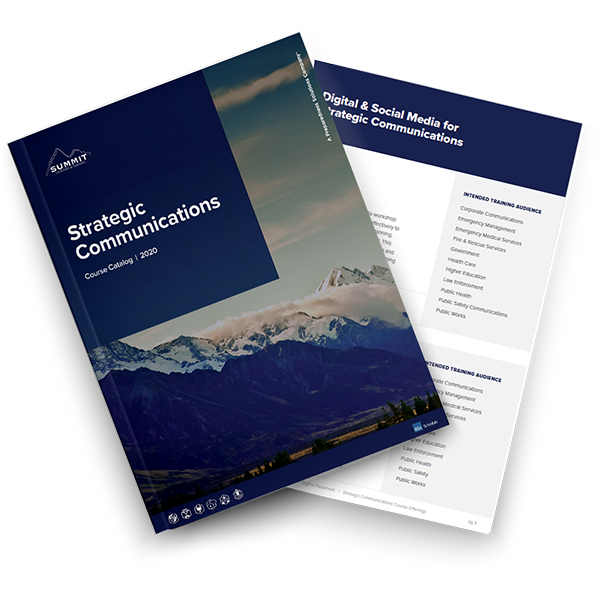
The Strategic Communications Program is tailored to each client to achieve confidence through a programmatic strategy of delivering internal and external communication. These customized products and services include:
“Our goal is to boost partnerships within all tiers of government, private business, and industry, and to identify the most effective methods of communicating public and internal information,” said Pamela Piersanti, VP of Programs and Strategy.
To learn more about the SummitET Strategic Communications program, click here.
About SummitET
Summit Exercises and Training LLC (SummitET®) is a U.S.-based, veteran-owned company that provides proven full spectrum preparedness solutions through industry-leading experts and impeccable customer service. Our diverse team supports corporate and governmental partners in developing solutions that address issues of critical infrastructure, radiological and emergency preparedness, cybersecurity, workplace safety, active shooter programs, counterterrorism, and other disaster-related training.
Media Contact
Ron Edmond
Email: ronedmond@summitet.com
Phone: 865-567-2248
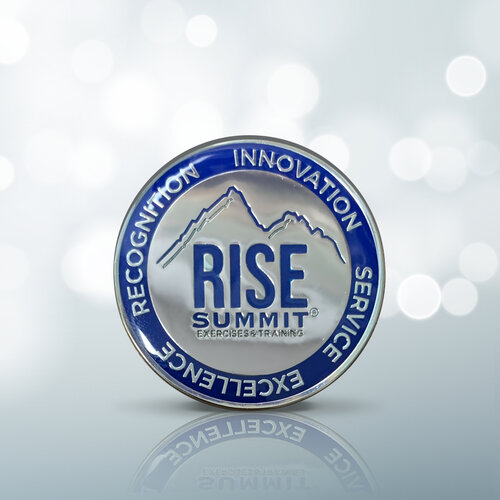
Summit Exercises and Training (SummitET), a St.Petersburg-based company, launched an associate recognition program with a personal touch entitled ‘RISE’ to reflect SummitET’s core values; Recognition, Innovation, Service, Excellence. This award will be presented to associates who best embody these principles.
“Leader-associate relationships are vital to keeping our remote team in balance. We wanted to develop a way to ensure associates are receiving the recognition they deserve, as well as motivate good performance and commitment to the company,” says HR Manager, Randy Melton.

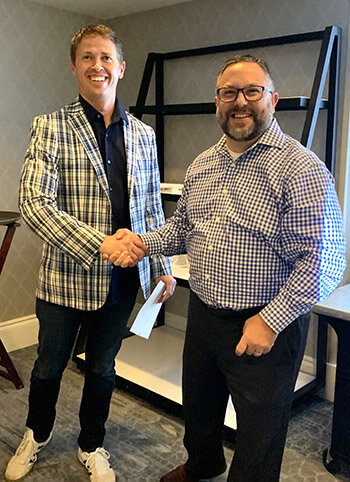
During a team meeting they will be presented a custom SummitET “Challenge Coin” alongside a personal note from the CEO. Managers and associates are encouraged to nominate team members for a RISE coin when they see a worthy example, earning them recognition.
Other criteria determining RISE award winners include team member satisfaction levels, attracting other quality associates for employment, and improving business quality and service.
“Being a service-centric business, our people are our most important asset. We prioritize work-life balance, benefits, continued education, and encouraging our associates to grow.” CEO, John Duda, commented. “SummitET strives to recognize associates who not only personify our core values of Recognition, Innovation, Service, Excellence, but go above and beyond to continually raise the bar.”
A special congratulations to our inaugural SummitET RISE challenge coin recipients; Ron Crane, Christine Moore, Valerie Potucek, Jerry Furniss and Randy Melton. Kudos, and thanks for your dedication to bringing our company to the forefront of Innovation, Service and Excellence.
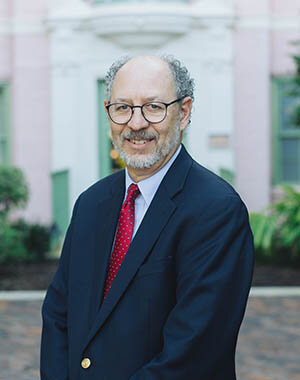
January 6, 2020, St. Petersburg, FL — Summit Exercises and Training® (SummitET®), a Preparedness Solutions Company®, announces the addition of Scott Glick to the role of Vice President and General Counsel. Scott’s key focus will be to provide advice to customers regarding counterterrorism, weapons of mass destruction, law enforcement, intelligence, and consequence management related matters to ensure that preparedness planning is cohesive.
Before joining SummitET, Scott served in a number of high-ranking positions at the U.S. Department of Justice, including as the Director of Preparedness and Response, the Deputy Chief in the Counterterrorism Section, and the Deputy Counsel in the Office of Intelligence Policy and Review.
“I’m thrilled to be joining a company that emphasizes both a commitment to preparedness and its close-knit team,” comments Scott. “SummitET offered me an opportunity to work alongside a diverse cadre of subject matter experts to prepare customers for a variety of disasters.”
Scott brings more than thirty-five years of experience, including prosecution, critical incident response, management, policy, exercise and teaching to SummitET. He is a Summa Cum Laude graduate of the University of Maryland and received his law degree from the Maurice A. Deane School of Law at Hofstra University, where he was a member of the law review. He is licensed to practice law in the State of New York and Washington, D.C. Scott will be based in SummitET’s new D.C. office.
“Scott has played a major role in the development and drafting of national preparedness policies, plans, and strategies. We are honored to have one the nation’s leading experts in his field join our team,” said John Duda, Chief Executive Officer of SummitET. “Bringing on Scott was a strategic decision to provide better value to our customers in their planning efforts.”
To learn more about Scott’s background, click here.
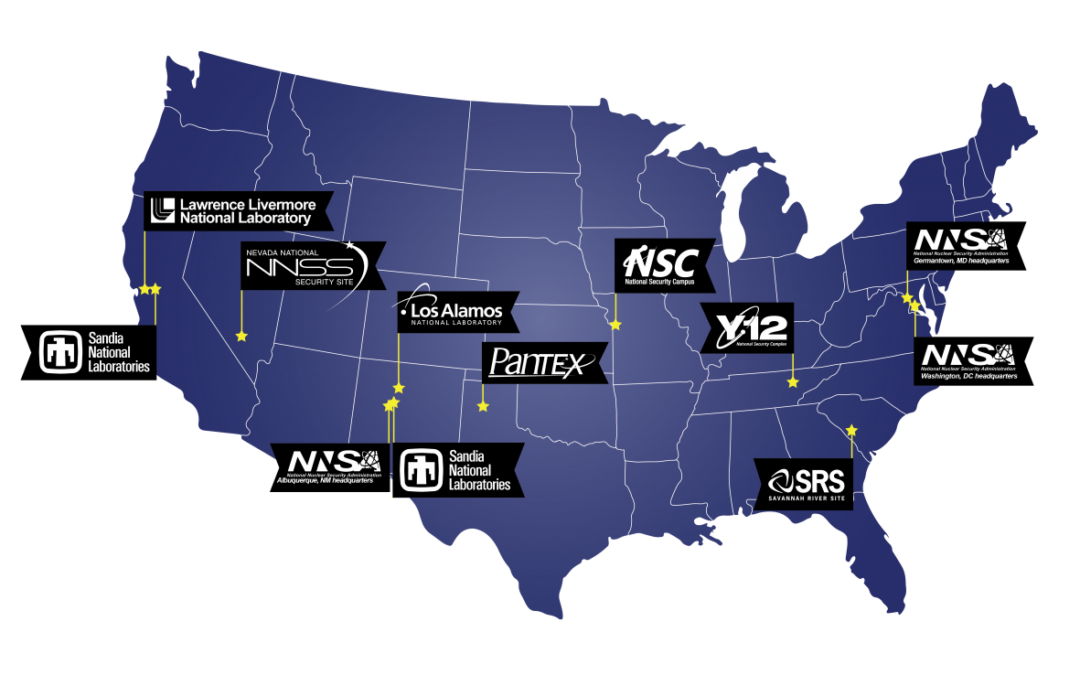
December 3, 2019 – St. Petersburg, FL. Summit Exercises and Training (SummitET), a preparedness solutions company, is proud to announce a new contract award to support the U.S. Department of Energy (DOE) and the National Nuclear Security Administration (NNSA) with their Workplace Violence Prevention Program (WVPP) at their field offices and sites.
NNSA is responsible for enhancing national security; enhancing safety, security, and effectiveness of the U.S. nuclear weapons stockpile, reducing global danger from weapons of mass destruction; providing the U.S. Navy with safe and effective nuclear propulsion; and responding to nuclear and radiological emergencies in the United States and abroad. SummitET will provide training, consultation services, threat assessment, and intervention protocols training through WVPP.
“We look forward to collaborating with SummitET to further developing our Workplace Violence Prevention Program,” said Cliff Gordon, Assistant Manager for Safeguards & Security, NNSA Sandia Field Office. “The training to be developed as part of this program will help NNSA take a proactive approach toward safeguarding our employees.”
SummitET has supported DOE/NNSA and the DOE National Laboratories with other training and planning programs since 2014. In addition to NNSA’s Workplace Violence Prevention Program, SummitET is currently contracted to support the Office of Radiological Security, the Office of Nuclear Incident Policy and Cooperation, and the Office of Nuclear Response.
“It is increasingly important that all organizations have established programs in place to prevent and respond to workplace violence incidents,” comments John Duda, CEO of SummitET. “NNSA’s commitment to establishing and training a workplace violence prevention culture demonstrates a proactive approach to reduce risk and care for the safety of their employees.”
To learn more about SummitET’s workplace violence and active shooter prevention solutions, click here.
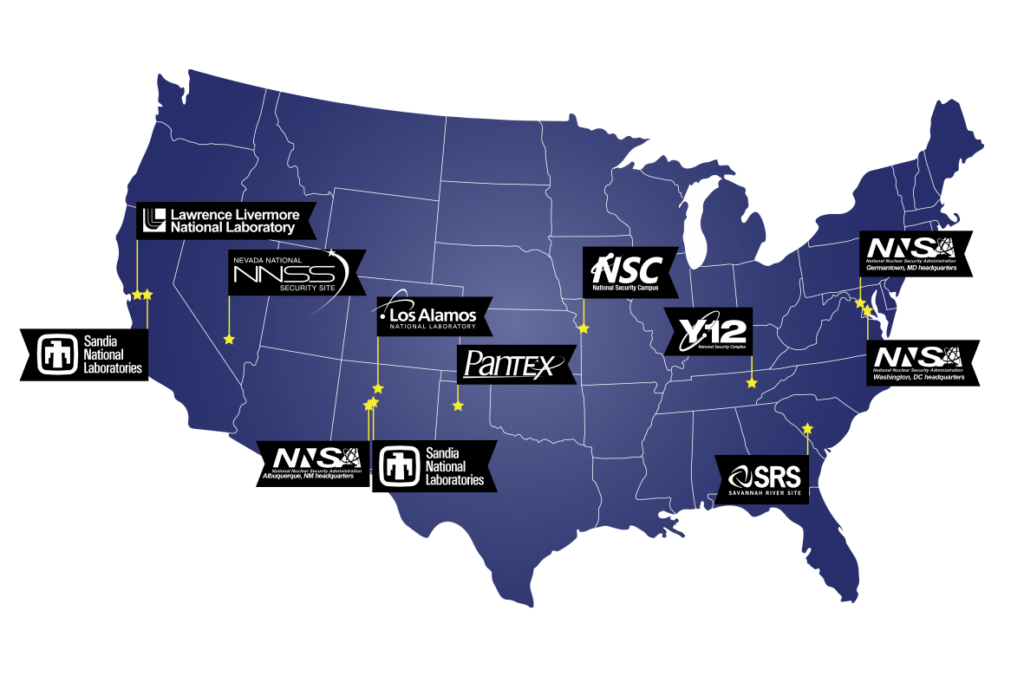
About SummitET
Summit Exercises and Training is a U.S.-based, veteran-owned preparedness solutions company that provides proven full spectrum preparedness solutions through industry-leading experts and impeccable customer service. Our diverse and highly trained team supports our corporate and governmental partners in developing solutions that address issues of critical infrastructure, radiological and emergency preparedness, cybersecurity, workplace safety and active shooter programs, counterterrorism, and other disaster-related training.
Media Contact
Ron Edmond
Email: ronedmond@summitet.com
Phone: 865-567-2248
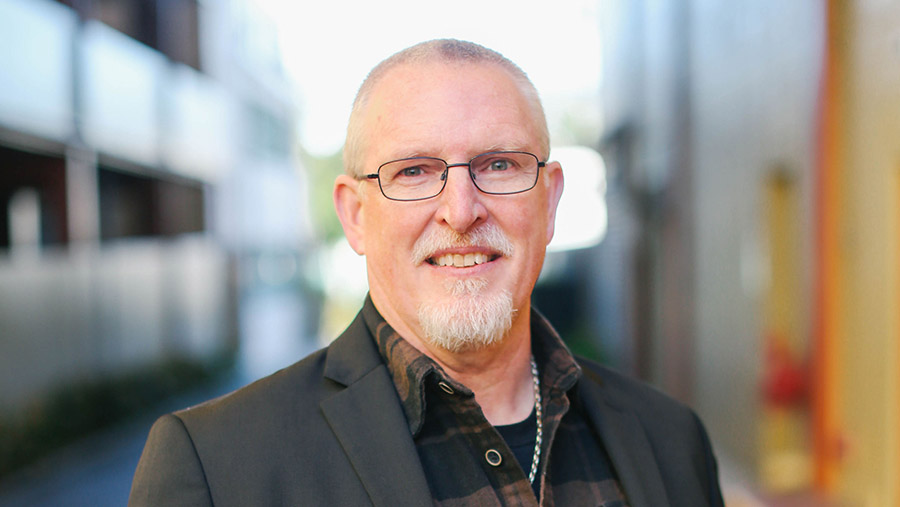
August 28 2019 – ST, PETERSBURG, FL. Summit Exercises and Training (SummitET), announces the promotion of East Tennessee native and Knoxville resident Steve Sugarman to Vice President of Operations. In his new role, Steve will be responsible for SummitET’s internal departments including Human Resources, Business Development, Accounting, and Marketing. Steve also holds the position of SummitET’s Corporate Health Physicist where he provides radiological subject-matter expertise to meet corporate and client needs.
“Steve came to SummitET with a great deal of respect in his field. Since joining our organization, he immersed himself in our culture and our operations. He is passionate about our mission and our team members’ well-being” says John Duda, Chief Executive Officer. “This critical position demonstrates our continued commitment to outstanding employee development and providing impeccable customer service.”
Steve, a certified health physicist (CHP), holds an M.S. in Safety Education and Service from the University of Tennessee and a B.S. in Organizational Management from Tusculum University. Steve has served as a lecturer for organizations including the International Atomic Energy Agency, the World Health Organization, the U.S. Department of Energy, the Centers for Disease Control and Prevention, the Health Physics Society, the National Radiological Emergency Preparedness Conference, and many others. Before joining SummitET, Steve was the Health Physics Project Manager at the Radiation Emergency Assistance Center/Training Site (REAC/TS).
“I’m looking forward to helping guide SummitET’s operations and supporting the company’s continued growth” comments Steve. “I joined SummitET because of its commitment to emergency preparedness and unique approach to doing things. I’m eager to help promote continued team member development and work/life balance while supporting health physics needs across the emergency response community.”
As a recognized subject matter expert in his field, Steve has contributed to multiple domestic and international guidance documents as well as numerous publications on health physics topics. Read his most recent blog on ‘Communicating Technical Information to a Non-Technical Audience’ here.

The page you requested could not be found. Try refining your search, or use the navigation above to locate the post.